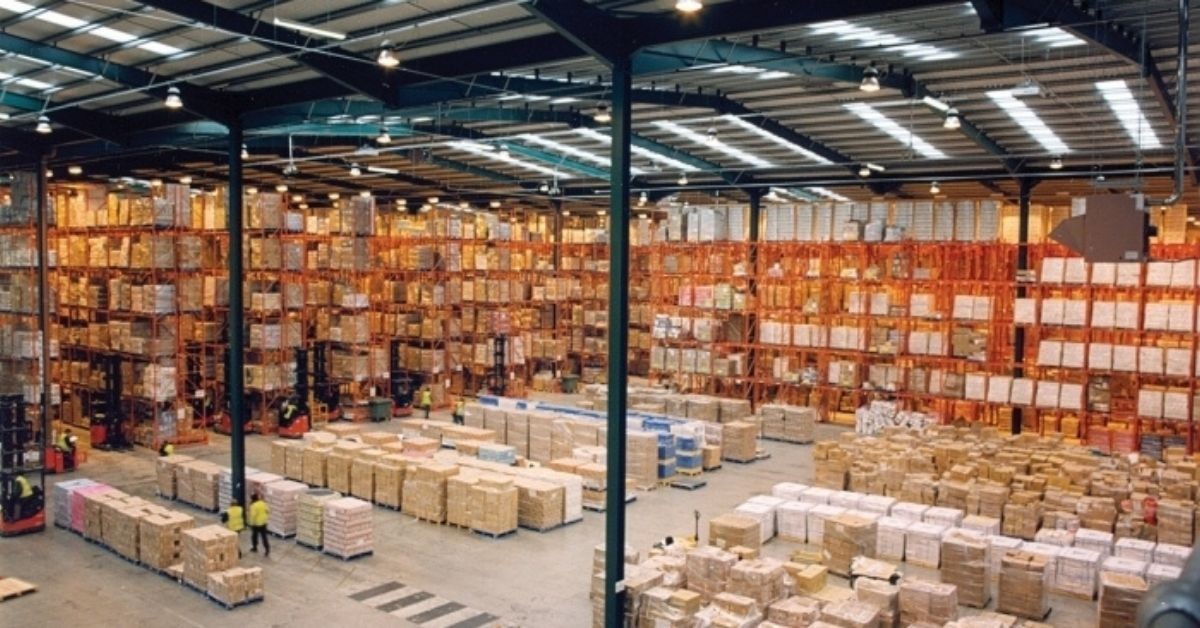Visakhapatnam recorded a warehousing transaction volume of 0.3 million square feet in the 2022 financial year, as per a report prepared by a private property consultancy. This is an exponential 228% year-on-year growth compared to the 0.1 mn sft space in the 2021 FY.
Visakhapatnam recorded a warehousing transaction volume of 0.3 million square feet in the 2022 financial year, as per a report prepared by a private property consultancy. This is an exponential 228% year-on-year growth compared to the 0.1 mn sft space in the 2021 FY.
This year-on-year growth is the highest among the major metro cities and several other urban areas, barring Patna and Bhubaneswar. Hyderabad posted a 128% growth, while it is 166% in Pune. The growth in the primary markets (major cities) stood at 62%, whereas it registered a 31% improvement in the secondary markets of the country.
This signifies that the warehousing momentum is gaining shape beyond the top eight markets in the country in cities like Visakhapatnam. The development of multi modal logistics parks will further create more warehousing zones, covering the geographic expanse of Andhra Pradesh.
There is a significant presence of heavy industries like dredging, shipbuilding, thermal energy, oil and petroleum, and steel fabrication in Visakhapatnam. Fishing is one of the dominant sectors, making up for most of the region’s exports.
As per the report, the demand for warehousing in Visakhapatnam in 2022 was largely led by the e-commerce industry and the third-party logistics providers. Gajuwaka-Auto Nagar and Madhurawada clusters, which encompass the northern and port-adjacent portions of the city respectively, are the two most important warehousing clusters in the city.
The Gajuwaka-Auto Nagar cluster accounted for about 87% of the warehousing absorption, whereas the remaining 13% was concentrated in the Madhurwada cluster.
Chairman and managing director, Knight Frank India, Shishir Baijal, said that the high growth rate of the organised warehousing sector in India is a result of its rising GDP and consumerism. “With warehouse leasing in India surpassing the pre-pandemic level, the sector is poised to take a quantum leap to match its more mature peers around the world. This will be supported by the ever-increasing institutional interest in owning, developing, and operating warehouse assets ensuring professional expertise to direct the course of this growing market as it matures,” said Baijal. “In terms of investment, the warehousing sector has received private equity of $1.2 billion in in the first half of 2022, as against $1.3 billon that the sector received in the entire year of 2021. This adequately demonstrates the confidence global and Indian investors have on the sector’s future,” added Baijal.







